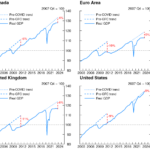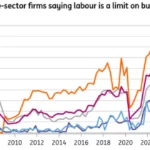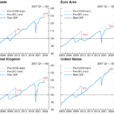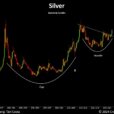
Here is the opening statement from the Department of Labor:
In the week ending May 16, the advance figure for seasonally adjusted initial claims was 274,000, an increase of 10,000 from the previous week’s unrevised level of 264,000. The 4-week moving average was 266,250, a decrease of 5,500 from the previous week’s unrevised average of 271,750. This is the lowest level for this average since April 15, 2000 when it was 266,250.
There were no special factors impacting this week’s initial claims. [See full report]
Today’s seasonally adjusted 274K new claims was a bit higher than the Investing.com forecast of 271K.The four-week moving average at 266,250 is a new interim low, the lowest in over 15 years.
Here is a close look at the data over the past few years (with a callout for the past year), which gives a clearer sense of the overall trend in relation to the last recession and the volatility in recent months.


As we can see, there’s a good bit of volatility in this indicator, which is why the 4-week moving average (the highlighted number) is a more useful number than the weekly data. Here is the complete data series.


The headline Unempolyment Insurance data is seasonally adjusted. What does the non-seasonally adjusted data look like. See the chart below, which clearly shows extreme volatility of the non-adjusted data (the red dots). The 4-week MA gives an indication of the recurring pattern of seasonal change (note, for example, those regular January spikes).


Because of the extreme volatility of the non-adjusted weekly data, we can add a 52-week moving average to give a better sense of the secular trends. The chart below also has a linear regression through the data. We can see that this metric continues to fall below the long-term trend stretching back to 1968.


Annual Comparisons
Here is a calendar-year overlay since 2009 using the 4-week moving average. The purpose is to compare the annual slopes since the peak in the spring of 2009.
















